The views expressed in our content reflect individual perspectives and do not represent the authoritative views of the Baha'i Faith.
Several years ago in Akka, Israel, a woman taught me a lesson about how to walk.
A fellow Baha’i pilgrim—a dancer—took my arm as we strolled toward the sea. “Walking begins at the hip. Not the knee. Like this.” She swayed in front of me, supple and free. Her blue and white skirt brushed her ankles, like foam.
Akka is an ancient city, crusting the northern shore of the Mediterranean. The founder of the Baha’i faith, Baha’u’llah, was exiled here in 1868, a prisoner of the Ottoman Empire. He was banished from his native Persia for declaring a new religion. He taught that all people, of all faiths, have a common source; and that diversity is integral to human oneness. He also established the absolute equality of women and men.
In the lives of early Baha’i women, a powerful stance of love and service exists. These women were educators, journalists, mothers, and artists from both privileged and humble backgrounds. But a certain ardor—an eager flame—binds their stories together.
RELATED: Patience and Perseverance: The Story of Bahiyyih Khanum
May Maxwell
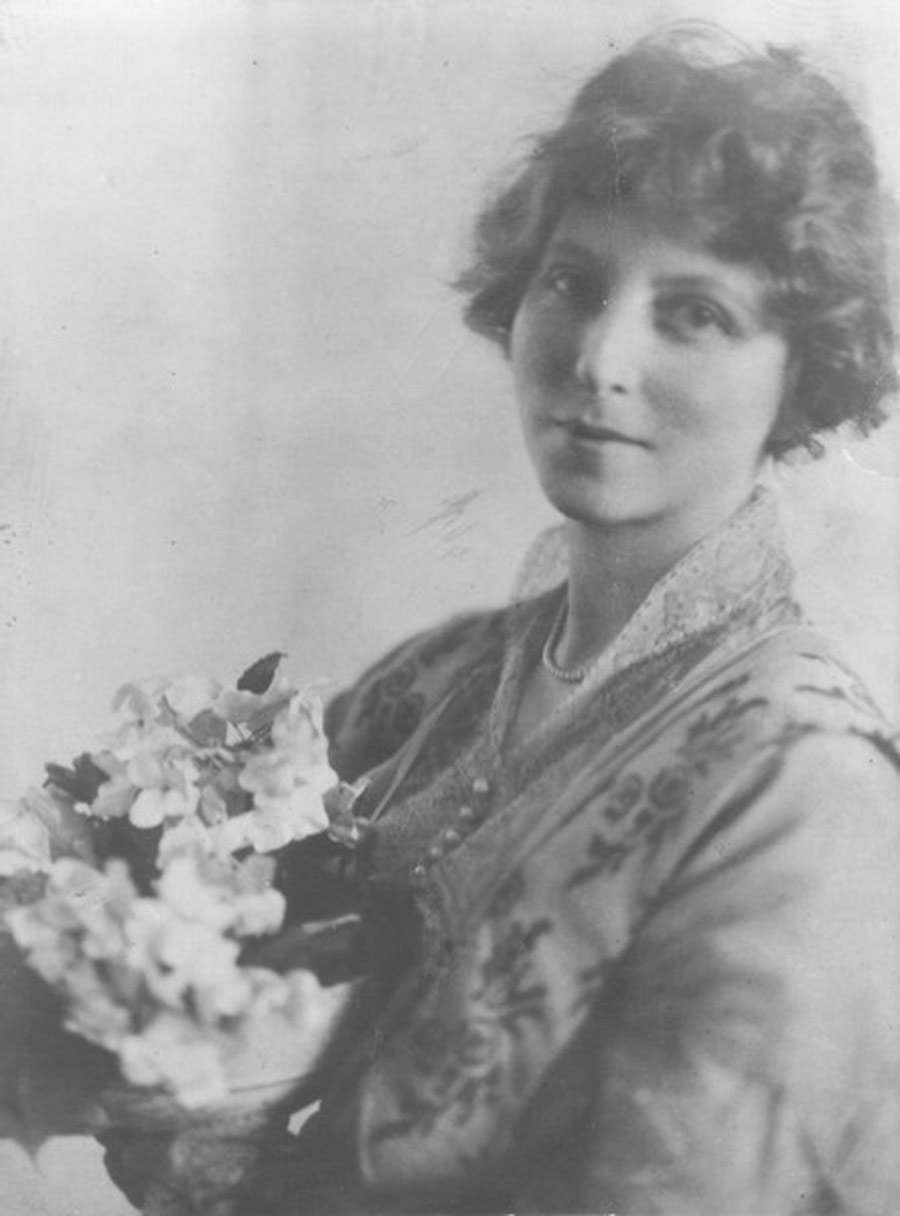
May Maxwell always knew. As a child in New Jersey, she had dreams of blinding light, dreams of a single word uniting the earth. But at 21 years old, she changed from a healthy and active young woman to a pale, bed-ridden invalid. For years, no doctor could diagnose the cause of her illness. Then, in 1898, a friend shared with her the peace-bringing message of the Baha’i faith. The next year, May boarded a ship bound for Palestine.
She visited Akka, welcomed by the family of Baha’u’llah. During this pilgrimage, May received deep kindness and clarity. When she departed, she felt that “all the cords of life were breaking”—an overwhelming sense of both loss and release. She had gained a new sense of her presence and purpose in the world. Could she keep her balance once she left the Holy Land? While her physical weakness remained, May’s burden transformed into joyful service. Many people were attracted by her tender heart. Her home became Montreal’s first Montessori school and the center of community activity. She died in Buenos Aires, Argentina, to the last sharing the belief that divine unity flows “through the inmost realities of all things.”
Dorothy Baker
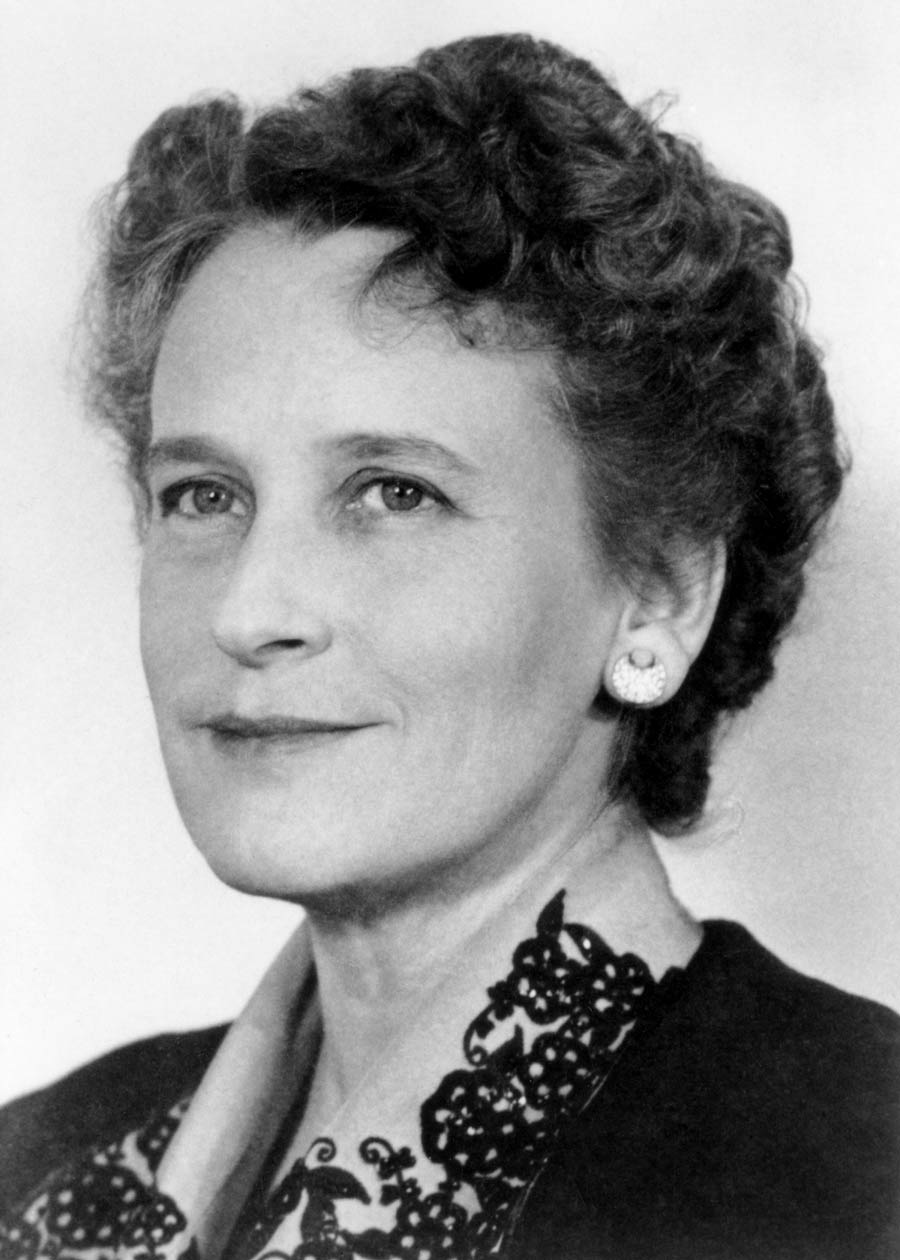
Dorothy Beecher Baker was born in 1898, the year May Maxwell accepted the Baha’i faith. Related on her father’s side to the famous author Harriet Beecher Stowe, Dorothy was a bright and studious child. At age 22, she worked as a teacher in a Newark slum. She brought a vivid charisma to her classrooms. She “just burst upon us,” remembers a former pupil. “She was poetic, she was picturesque, she was graphic… We used to sit spellbound at her feet.”
Those feet covered a lot of ground—and withstood many tests—including the loss of a daughter and brushes with tuberculosis. To share the practical Baha’i teachings on justice and peace, Dorothy traveled through North America, the Caribbean, Mexico, Central and South America, Europe, Africa, and India. She too visited the Holy Land. But no matter how global her reach, Dorothy’s guiding rule was to “make a joyous thing of the little services, because you can never tell which is little and which is big in God’s sight…”
RELATED: Remembering the Trailblazing Life of Dr. Helen Elsie Austin
Patricia Locke
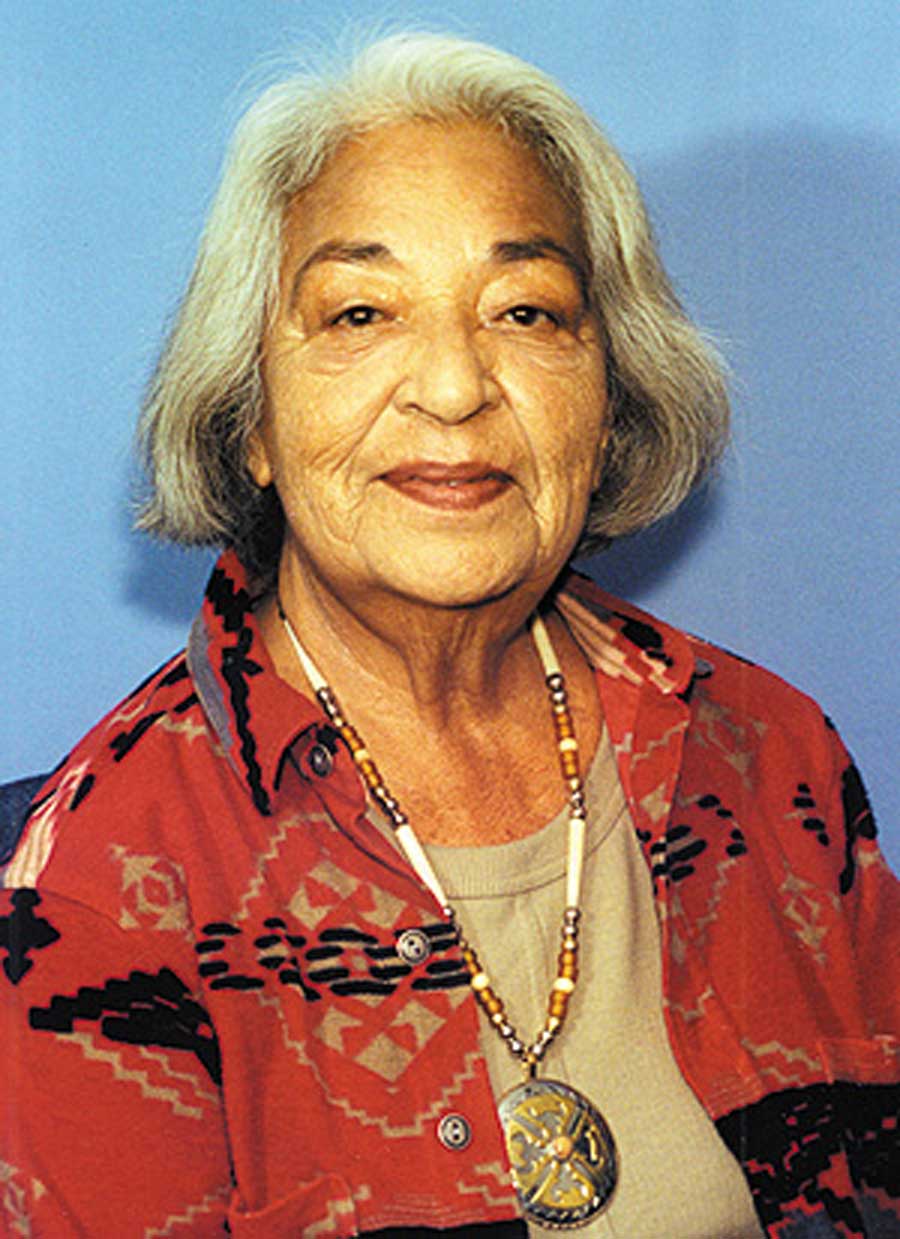
Her Lakota name was Tawacin Waste Win, which means “compassionate woman.” Raised on the Fort Hall Indian Reservation in Idaho in the 1930s, Patricia Ann McGillis Locke was a leader and an educator. She had a deep love of family—her human family. She was often called Unchi, Grandmother. I could list Locke’s many accomplishments: preserving tribal languages, establishing Lakota colleges and language institutes, serving as a delegate to the 1995 Beijing Women’s Conference, being awarded a MacArthur Fellowship. But I am drawn to her story by a different thread.
In the Lakota spiritual tradition, White Buffalo Calf Woman is a prophet with the powers of salvation and insight into the human heart. She taught the Lakota their sacred ceremonies, promising she would return. Baha’u’llah, too, describes receiving his mission through a feminine embodiment of the Holy Spirit, explaining in physical terms the mystical experience of divine revelation:
While engulfed in tribulations I heard a most wondrous, a most sweet voice, calling above my head. Turning my face I beheld a Maiden — the embodiment of the ‘remembrance’ of the name of my Lord…
Patricia saw parallels between this heavenly Maiden and White Buffalo Calf Woman. As Indigenous peoples have long known, our world will be sick and unbalanced until women’s experiences and contributions are fully integrated. Patricia’s voice impacted policy, culture, and thought. Her activism helped lead to the passage of the American Indian Religious Freedom Act, while her educational programs brought values of global citizenship and spiritual empowerment to young people around the country.
In the lives of May Maxwell, Dorothy Beecher Baker, and Patricia Locke, I see a powerful integrity at work. Despite illness and injustice, they learned to channel the flame burning within. They flowed with, rather than fought against, faith’s electrifying current. These women walked with attention and strength, always ready to catch the light and magnify it.


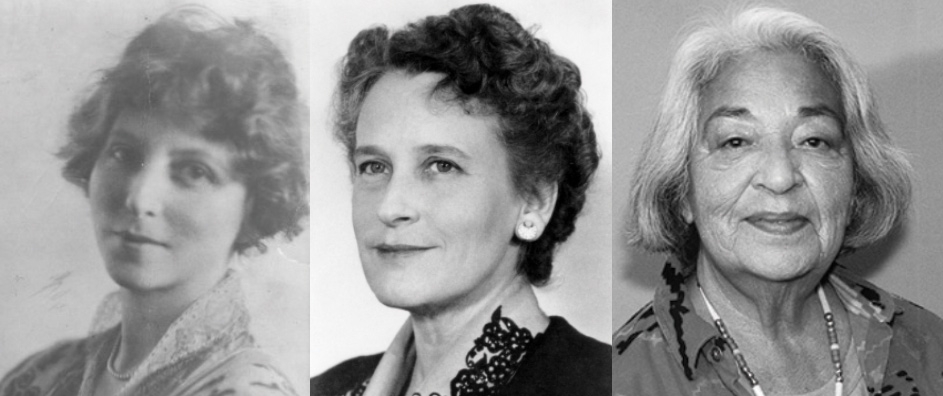

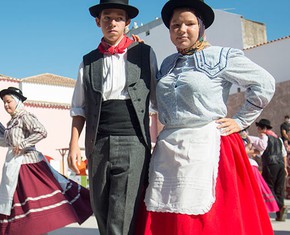
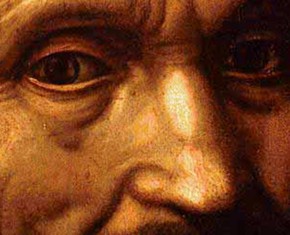
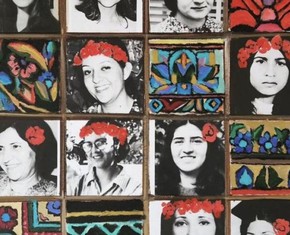









Comments
Sign in or create an account
Continue with Googleor